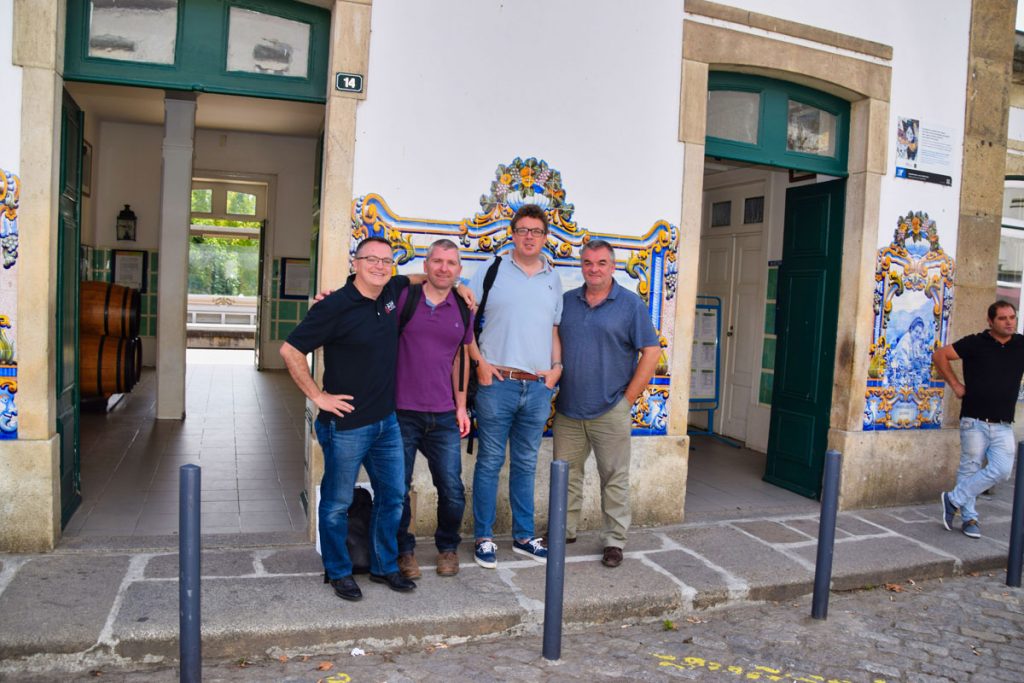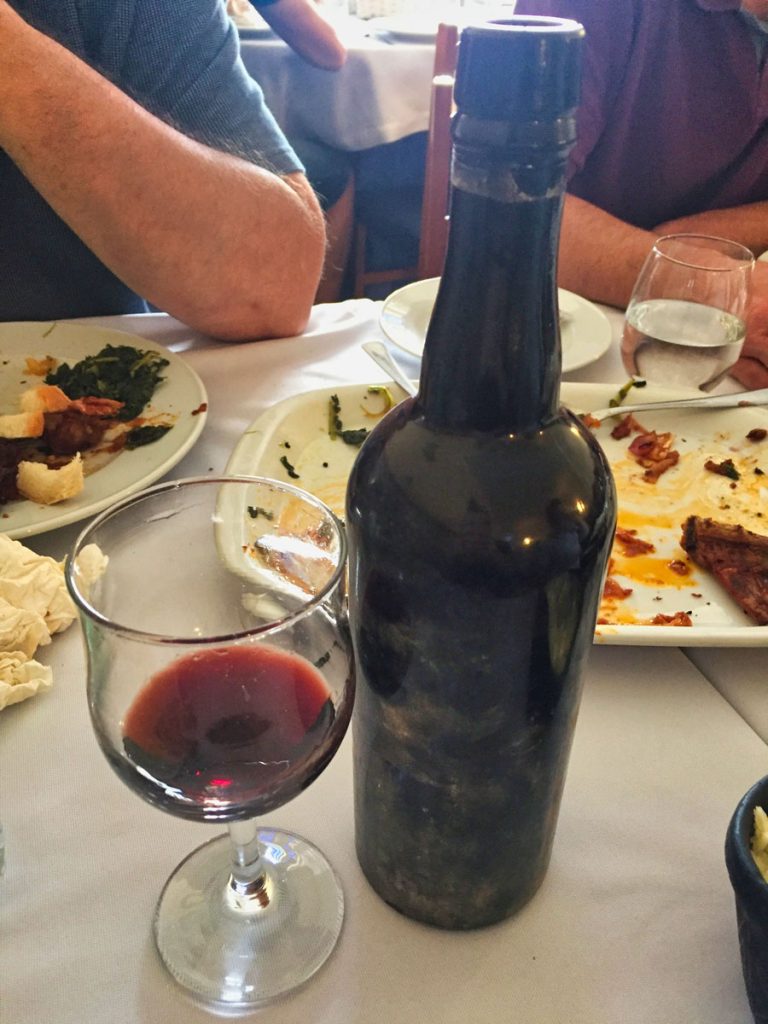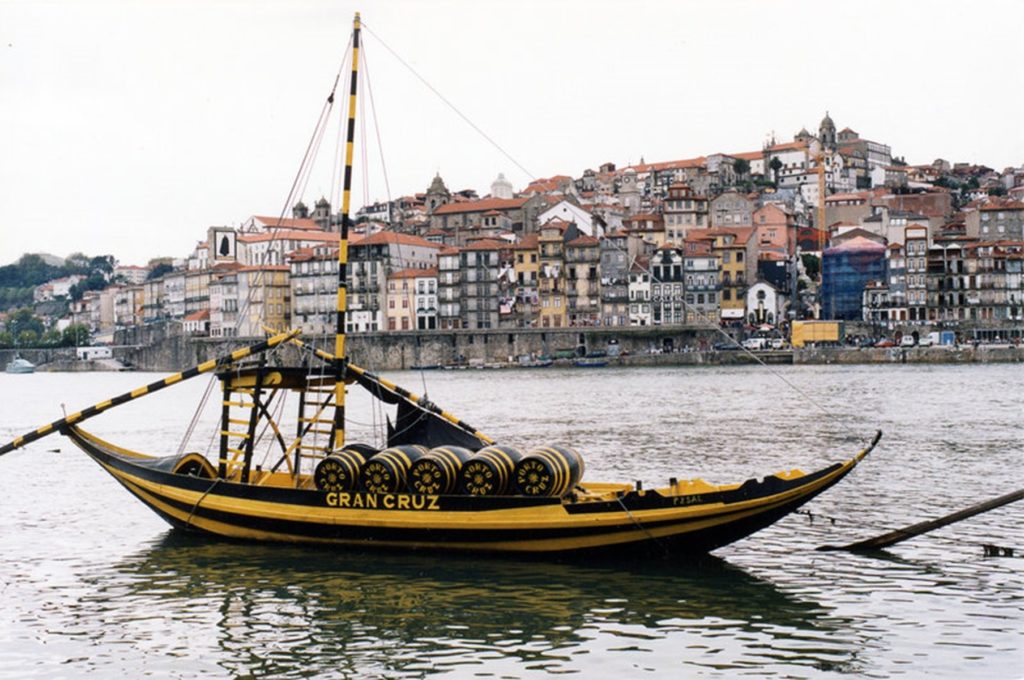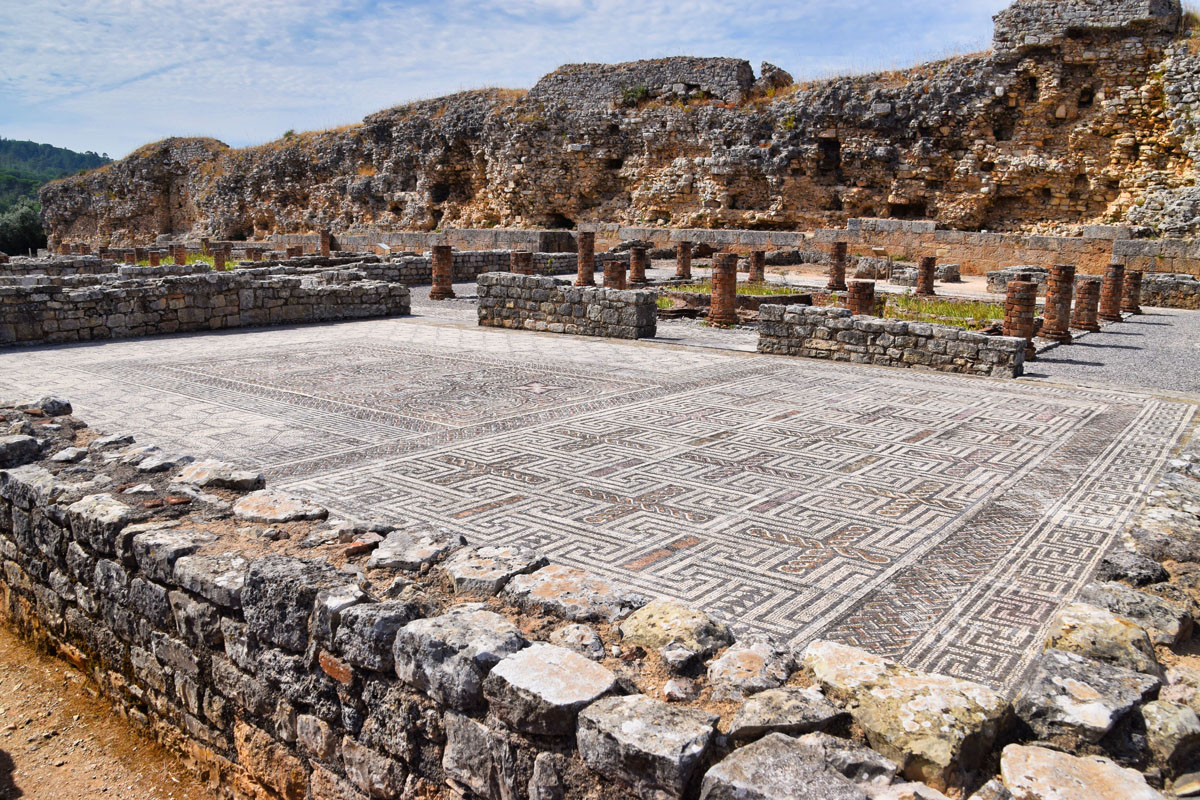The old, rustic train pulled into the Pinhão train station, with its Portuguese-tiled exterior walls reflecting the bright afternoon sun. It is a tiny station tucked in between the terraced hillside vineyards and the Douro River, and it pulses with activity and tourists for a few brief moments with each arriving train until surrendering back to the quiet peacefulness of the river.
I arrived at Pinhão after spending the week with friends and fellow wine lovers on the 2016 For The Love Of Port Harvest Tour, exploring the Douro Valley and capturing my annual memories of places, wines, and people that have earned such a special place in my heart.
Today’s post-tour stop in Pinhão was to enjoy lunch with some dear friends from the US and UK that were part of my inaugural tour in 2006.
As the train came to a stop, I grabbed my backpack from the overhead bin, made my way to the door with a handful of others, and stepped off onto the platform. I spotted my lunch partners leaning against the tile wall of the station waiting for me, so I walked over and we all greeted each other like the old friends we are.

After our handshakes, hugs and hellos were complete, we walked over to the restaurant nearby that they had selected for our lunch: Rufete. The restaurant itself is a modest place, and somehow possessed the feel of a restaurant, café, and a deli all at the same time, which probably was a great combination to serve the needs of many of the tourists arriving from Porto.
We stepped out of the bright sunlight into the restaurant and were welcomed by the host, who led us into a side room where we settled into our seats at a small table. As I picked up the menu to see what the restaurant had to offer, one of my friends said, “Don’t worry about the menu. We called ahead and placed an order for Cabrito.” A big smile crossed my face as I sat the menu back down on the table. Cabrito (or roasted goat) is one of my favorite Portuguese dishes. Given the prep time and need to slow roast the meat, it is not something that is normally just on the menu.
Our server brought out some glasses of water and a plate of petiscoes (appetizer), and we spent some time getting caught up with each other. We talked about our families, our travels, and a lot of the changes that we had collectively seen in the Douro Valley over the last decade. Like me, they all have a passion for Port and the Douro Valley, and they remain some of the most knowledgeable Port wine aficionados that I know.
We continued our conversations through the appetizers, and then the waitress arrived with the main course – a large tray with the Cabrito and a simple side of olive-oil roasted potatoes.
Cabrito is traditionally made from marinating pieces of goat overnight in spices and wine, and then slowly baking with copious amounts of olive oil and butter. We each helped ourselves to a healthy portion of meat and potatoes, and as you can probably guess, the Cabrito was outstanding.
Near the end of the meal, one of my friends reached into his backpack and pulled out a dark, unlabeled mystery bottle of wine.
“What’s this?” I asked with a smile.
“You’ll have to tell us,” he chuckled as he produced a corkscrew and began to open the wine. I quickly deduced from the shape of the bottle that it was, not surprisingly for this crowd, a Port. But there were few clues beyond that.
He extracted the cork cleanly and began pouring the wine into our glasses. I quickly began to run through my wine evaluation process. The appearance of the wine was dark and well concentrated. The initial nose on the wine was old and dusty with some mature red fruits. It also had an unusual smell that was mingled in among the aromas that I couldn’t exactly place.
I knew I had smelled this before but try as I might, I couldn’t identify what it was. The taste of the wine suggested an older Vintage Port, but again I picked up something unusual on the palate and couldn’t quite connect it with any of the flavors that I normally find in Vintage Ports. The subtle, unusual notes on the nose and palate puzzled me and made it difficult for me to even venture a guess on the vintage and producer.

I finally just resigned myself to the fact that I was at a loss for what year and producer this wine was. I just took a wild guess at a producer and vintage, but I don’t even remember now what I guessed because I was so surprised by what happened next.
My friends all had big smiles on their faces as they looked at each other and then revealed the wine: it was a 1994 Quinta do Vesuvio Vintage Port! I was even more confused.
The 1994 Quinta do Vesuvio is a Port that I know extremely well. It is both an exceptional wine in its own right, but it is also one of my sentimental favorites because it was the Vintage Port that hooked me as a Port drinker. My first taste of this Port had been ethereal, and its expression and complexity was mind-blowing for someone who had not, at that point, had very many examples of great Port wines. I have lost count of how many bottles of this wine I have consumed over the years, and almost every time I have had this wine, it has been spectacular, showing floral notes on the nose and ripe boysenberry and cherry on the palate. This wine in front of me today was NOT that, to the point that I thought they might just be playing around with me.
They all looked at my puzzled expression, waited a moment for dramatic effect, and then with another laugh, they explained that this bottle of 1994 Quinta do Vesuvio Vintage Port had experienced something called Douro Bake.
Douro Bake results from wines that have been exposed to slight excessive heat over a prolonged period, resulting in accelerated or excessive oxidation of the wine. It typically dulls the aromas and tastes of the wine, and in extreme cases can cause high volatile acidity (“VA,” usually considered a fault in winemaking).
For centuries, Port producers in the Douro Valley would harvest their grapes in the fall, make their Ports and wines, and store them in barrels in the Douro Valley over the winter. Because of the excessive Summer heat the Douro Valley experiences, the producers would then transport their wines downriver to Vila Nova de Gaia in the Spring (historically by boat), where they could be stored in large warehouses until ready for export. Vila Nova de Gaia (right across the river from Porto) doesn’t experience the same heat as the Douro Valley due to its proximity to the Atlantic and the cool ocean breezes, making it a perfect place to age wines without the danger of excessive heat “cooking” the wines and ruining them.

In the 1970s, the arrival of hydro-electric dams – and air conditioning – in the Douro Valley made it feasible to store and age wines in the hot Douro Valley instead of shipping it down to the coastal warehouses, but it wasn’t until Portugal joined the European Union in 1986 that it became permissible age wines in the Douro Valley.
What was curious about this wine was that it was produced after Quinta do Vesuvio installed air conditioning in 1992. If this bottle of 1994 Vintage Port wasn’t shipped to the cool coastal warehouses and was instead aged in the Douro Valley, wouldn’t they have done so in air-conditioned cellars?
Befuddled, my lunch partners quickly revealed the mystery – this was a forgotten bottle of 1994 Quinta do Vesuvio Vintage Port that never made it into either the air-conditioned cellars in the Douro or downriver to the cooler warehouses in Vila Nova de Gaia. It was a rarity, and it a special treat to be able to taste an unusual bottle like this.
After finishing up our meal, and the Port, we paid our bill and walked back out into the bright Portuguese sunshine. We headed over to the train station and chatted for a few moments until we hear the clack-clack sounds of the approaching train. The train creaked into the station as we said our goodbyes, and then we all went our separate ways.
Before heading over to the taxi stand to depart for my next destination, I took a moment by the river, staring out at the flowing Douro and the vineyards on the hillside, reflecting on the joy of friends, food, conversation, and the educational experience of tasting one of my favorite Ports….with Douro Bake.






